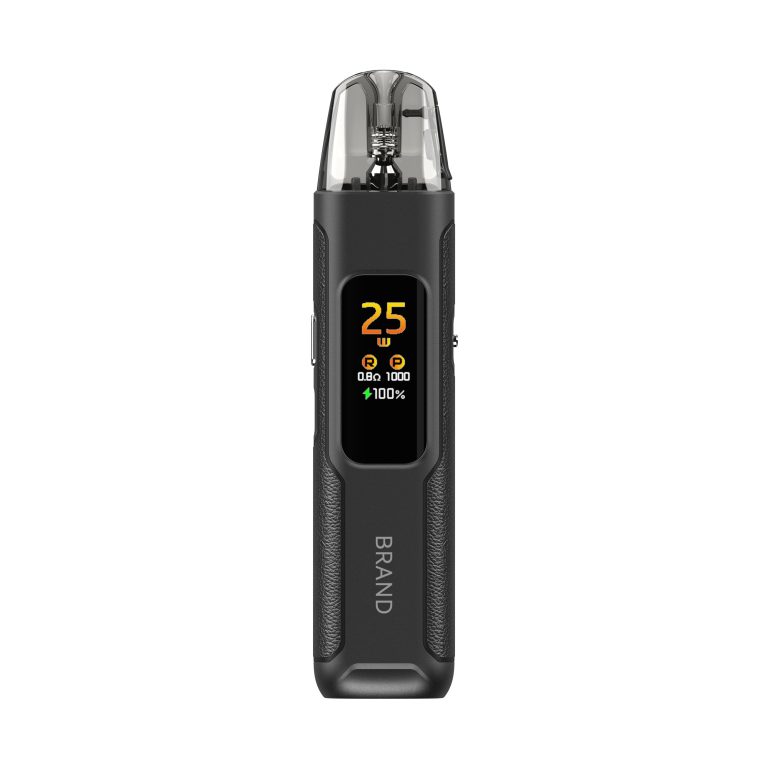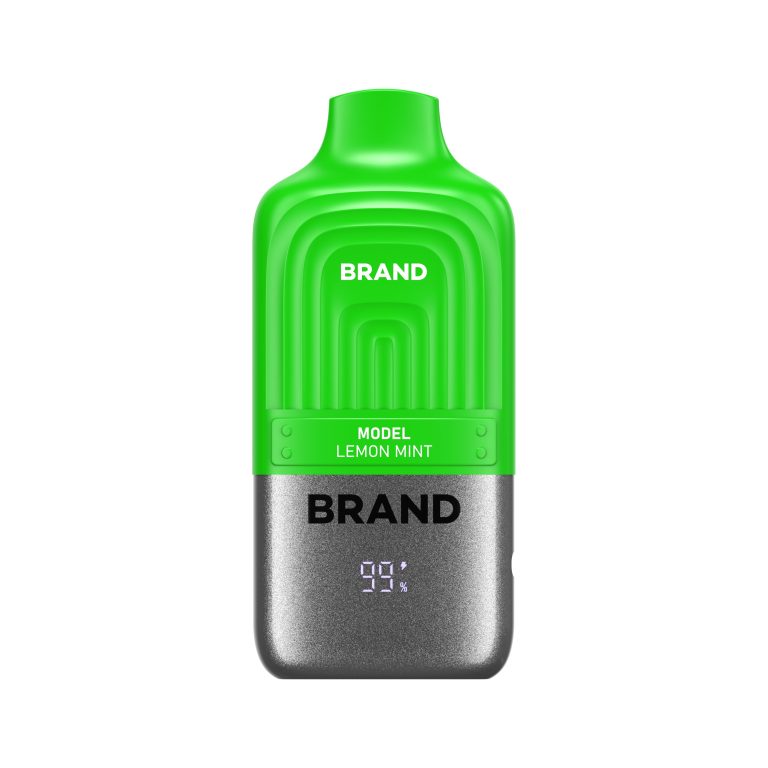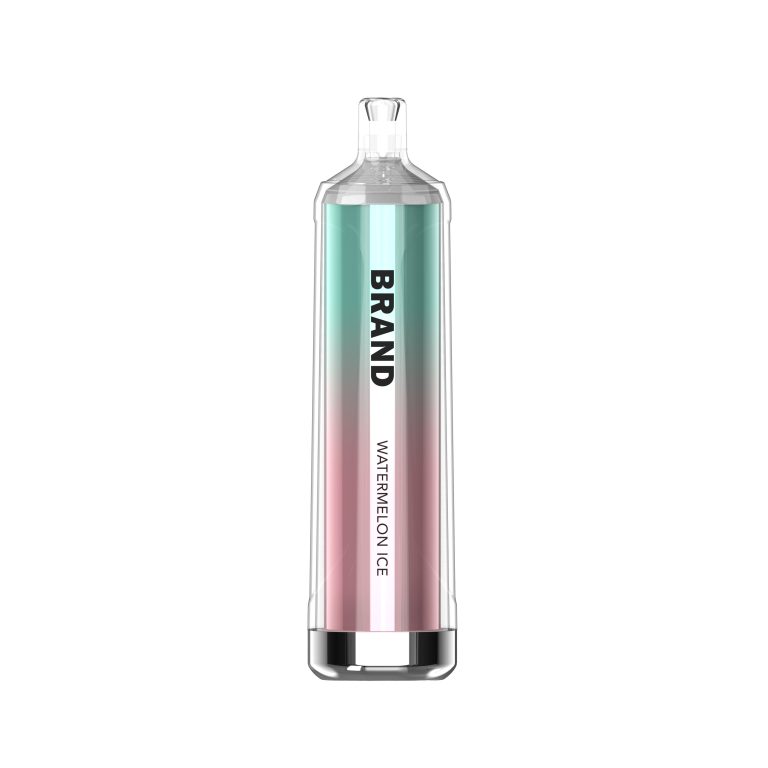Vaping is more popular than ever, and millions of people now travel with e-cigarettes or vaping devices every year. The problem? Airline rules around these devices are strict—and for very good reason. Ignore them and you can face confiscated items, missed flights, or even federal fines. Follow them correctly, though, and you’ll sail through security without any drama.
This guide gives you the latest, no-nonsense breakdown of the rules that actually matter in late 2025. We’re pulling directly from the U.S. Transportation Security Administration (TSA), Federal Aviation Administration (FAA), International Air Transport Association (IATA) guidelines, and the published policies of major airlines including Oman Air, British Airways, Southwest, Delta, United, American, EasyJet, and others.
Core Regulations: A Global Standard
Airlines around the world might tweak the fine print, but the big rules stay rock-solid everywhere. Think of them as non-negotiable.
- Carry-On Only. Every e-cigarette, vape pen, mod, pod system, and spare lithium battery must travel in your carry-on bag or on your person. Checked luggage? Absolutely not. The ban is total.
- No In-Flight Use or Charging. Light up or plug in once you’re onboard and you’ll face crew intervention fast. Some airlines even threaten fines or federal penalties.
- Prevent Accidental Activation. Pack the device so it cannot fire by mistake. Remove the battery when possible, lock the button, separate the tank, or slip it into a hard protective case. Whatever works—just make sure it stays dead.
- Spare Battery Safety. Each spare lithium battery (even the ones inside cartridges) needs individual protection against short-circuit. Use the original plastic packaging, a dedicated battery sleeve, or simply tape over the contacts. This tiny step prevents disaster.
These four points form the backbone of international aviation safety. The International Air Transport Association (IATA) pushes them hard, and nearly every flag carrier and low-cost airline on the planet adopts them without exception.
The “Why” Behind the Rules: Understanding the Safety Risks
None of these restrictions are there just to annoy passengers. Real incidents drove regulators to act.
1. Why Carry-On Only? The Terrifying Risk of Lithium Battery Fires
Lithium-ion batteries can suffer damage you can’t even see. A tiny dent or manufacturing flaw is enough. Then thermal runaway kicks in. The battery overheats within seconds. Temperatures shoot past 1,000°F. Flames burst out. Toxic smoke follows. In extreme cases, the cell explodes.
Put that same battery fire in the passenger cabin and flight attendants jump into action immediately. They have special containment bags and Halotron extinguishers designed exactly for lithium fires. But if the fire starts deep inside checked baggage in the cargo hold? No crew down there. No cameras watching every bag. Fire grows unchecked. It could spread to other luggage or even reach the aircraft skin. Investigators have documented dozens of cargo-hold lithium fires over the past decade. That’s why the FAA and ICAO drew a hard line: all vaping devices stay where people can see them.
2. Why No In-Flight Use? Avoiding Chaos at 35,000 Feet
Modern airliners come equipped with ultra-sensitive smoke detectors in lavatories and ceilings. Vaping aerosol triggers them instantly. One traveler sneaking a hit can force pilots to don oxygen masks, run emergency checklists, and possibly divert the entire flight. Besides the huge cost and delay, false smoke alarms terrify passengers. Crew members have reported full-blown panic when detectors screamed because someone decided rules didn’t apply to them.
What’s more, second-hand vapor bothers people with asthma or allergies in the recycled cabin air. Airlines simply decided courtesy plus safety beats any argument about “personal freedom” at cruising altitude.
3. Why No Charging and Preventing Activation? Cutting Risk at the Source
Plugging a vape into the seat-back USB port looks harmless. It isn’t. Charging generates the most heat a lithium cell ever experiences during normal use. Overheating, swelling, and venting become far more likely. Several documented incidents involved power banks or vapes catching fire while plugged in under seats.
Accidental activation poses another sneaky threat. A device jostled in a backpack can turn itself on. The coil glows red-hot for minutes. It only takes contact with paper, clothing, or lipstick to start a real blaze inside your bag. A protective case or removing the battery eliminates that danger completely.
Case Studies: How Major Airlines Implement the Rules
Policies look similar on paper, yet each carrier adds its own flavor.
- Oman Air: Straightforward and strict. Their website repeats that e-cigarettes, personal vaporizers, spare batteries, and power banks are all prohibited from charging onboard under any circumstances.
- British Airways: Excellent real-world advice. If your carry-on gets gate-checked because overhead bins are full, you must remove the vaping device and batteries before handing the bag over. Crew will remind you if you forget.
- Southwest Airlines: One of the few that publishes an exact quantity limit—maximum two complete e-cigarette devices per passenger. Spare batteries still follow standard individual-protection rules.
- EasyJet: Allows the device itself plus up to two spare batteries in carry-on. Anything beyond that stays home.
- Delta Air Lines: Follows FAA guidelines to the letter and adds that e-liquids over 100 ml must go in your checked bag (since the device itself can’t).
- United Airlines: Emphasizes that even “smart luggage” with built-in lithium batteries must have the battery removed if the bag ends up checked.
Always visit the airline’s official “dangerous goods” or “special items” page a day or two before departure. Rules can shift after new incidents.
Company Profile: Fuumy
Fuumy Technology stands among the earliest pioneers of disposable e-cigarette products worldwide. They invented the now-classic cotton-coil and oil-storage separation technology that basically launched the modern pod and disposable era. Today, their massive R&D team and dust-free factories churn out more than 800,000 units every single day. Top-tier global brands trust Fuumy for complete ODM solutions because quality control runs deep—from raw materials to final packaging. Innovation plus scale keeps them at the front of the industry year after year.

Practical Packing Tips from Frequent Flyers
Want zero drama at security? Try these proven tricks:
- Keep the vape in a clear quart-size bag with your liquids. TSA officers spot it instantly—no digging required.
- Use a small hard case sold specifically for vapes. Many include battery slots with built-in terminal covers.
- Empty the tank completely before flying. Leaking e-liquid creates mess and raises eyebrows.
- Print or screenshot your airline’s policy on your phone. Rare, but some gate agents get confused.
Conclusion
Bottom line: carry-on only, powered completely off, never use or charge inflight, and protect every single battery like your trip depends on it—because in a way, everyone’s safety does. Quick online check with your exact airline removes any lingering doubt. Pack smart once, then relax and enjoy the flight.
Frequently Asked Questions (FAQ)
Q1: Are all airlines aligned on banning e-cigarettes from checked luggage?
A: 100%. This rule comes from ICAO and FAA guidance. No commercial airline on earth allows vaping devices in checked bags.
Q2: Is there a limit to how many e-cigarette devices I can bring?
A: It varies. Southwest caps it at two full devices. Most others simply follow the general lithium-battery limits (usually 20 spares under 100 Wh each). Check your specific carrier.
Q3: What should I do if my carry-on bag is gate-checked?
A: Remove the vape, batteries, and power banks immediately. Carry them in your pockets or personal item. British Airways, American, and others make this mandatory.















